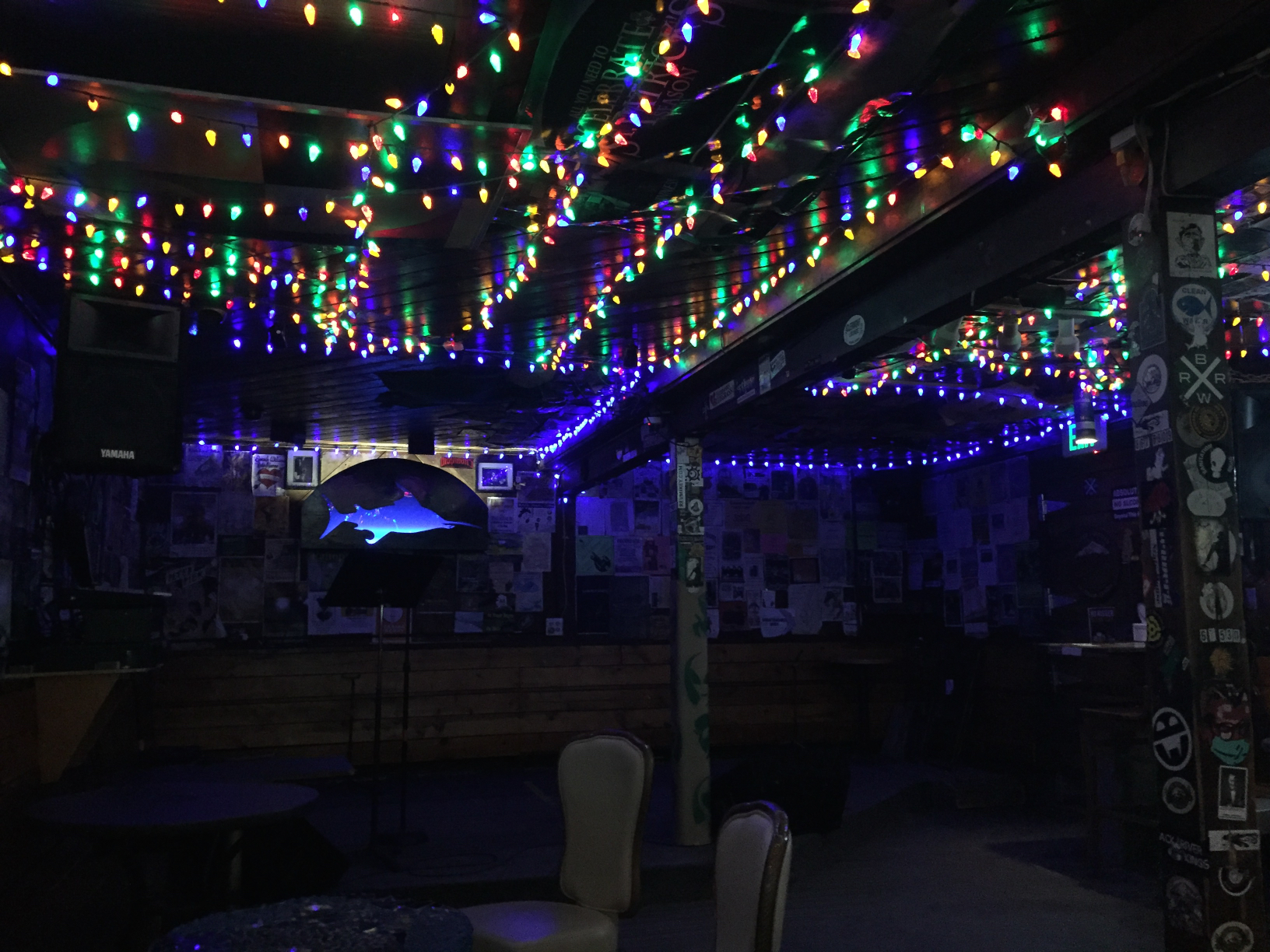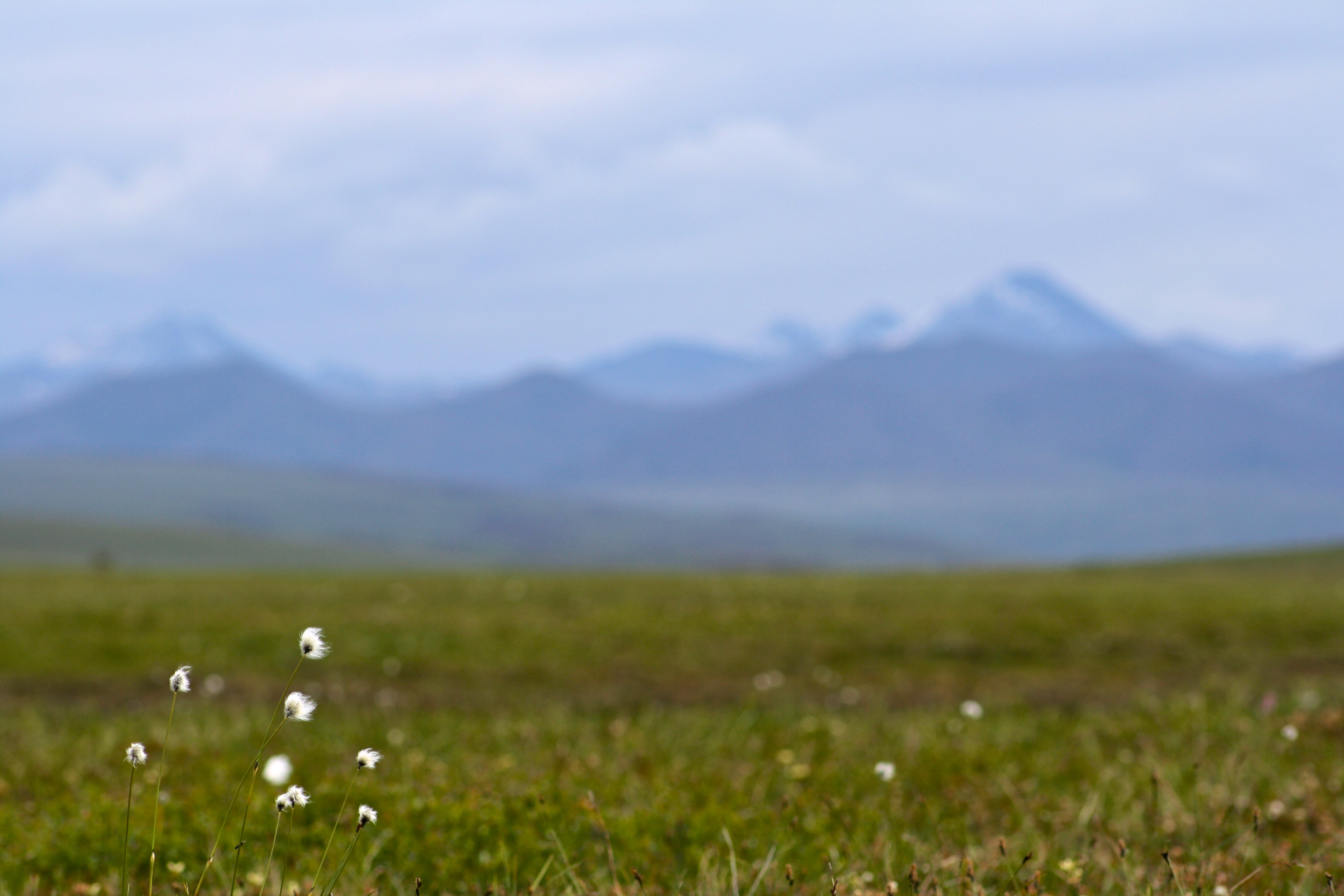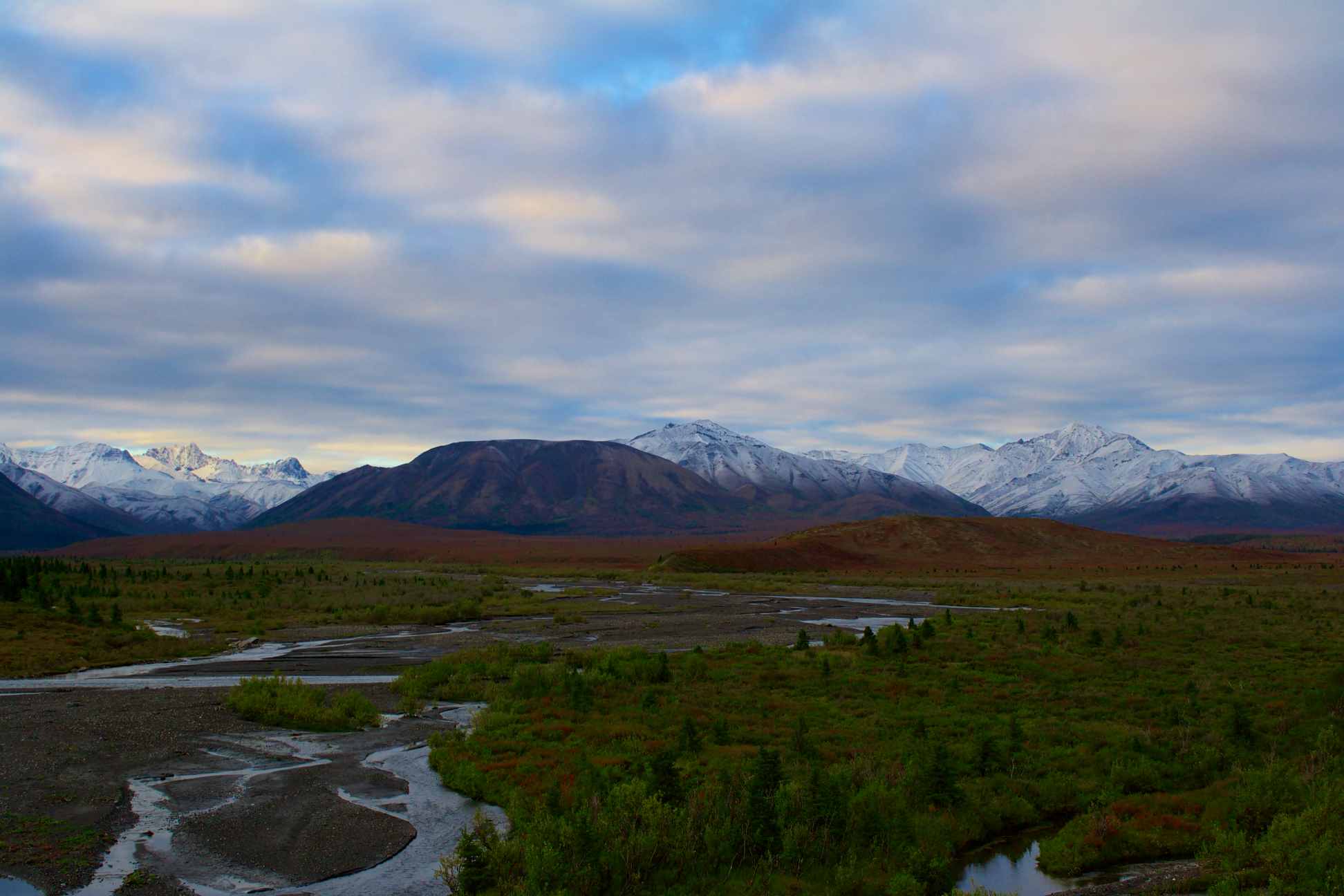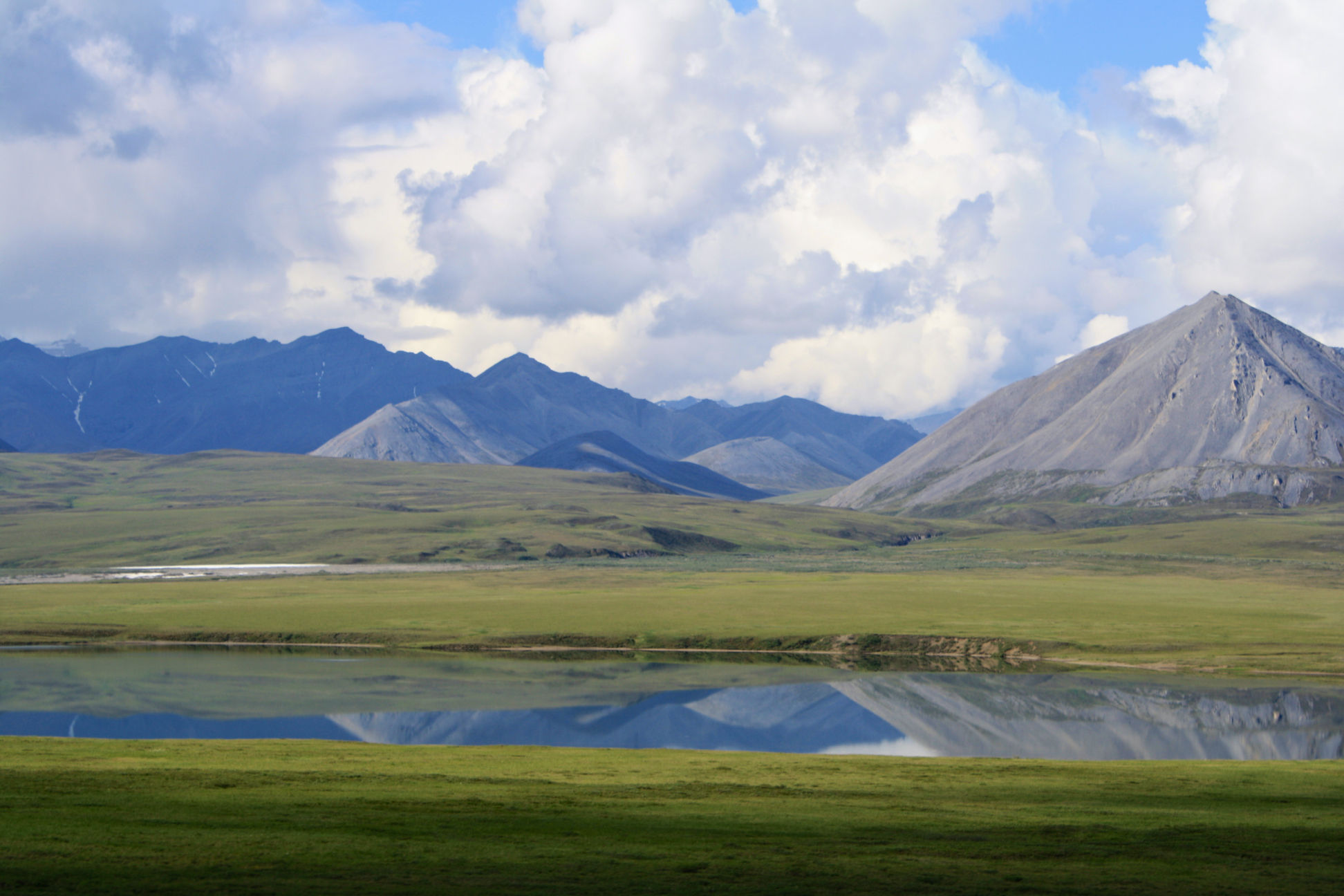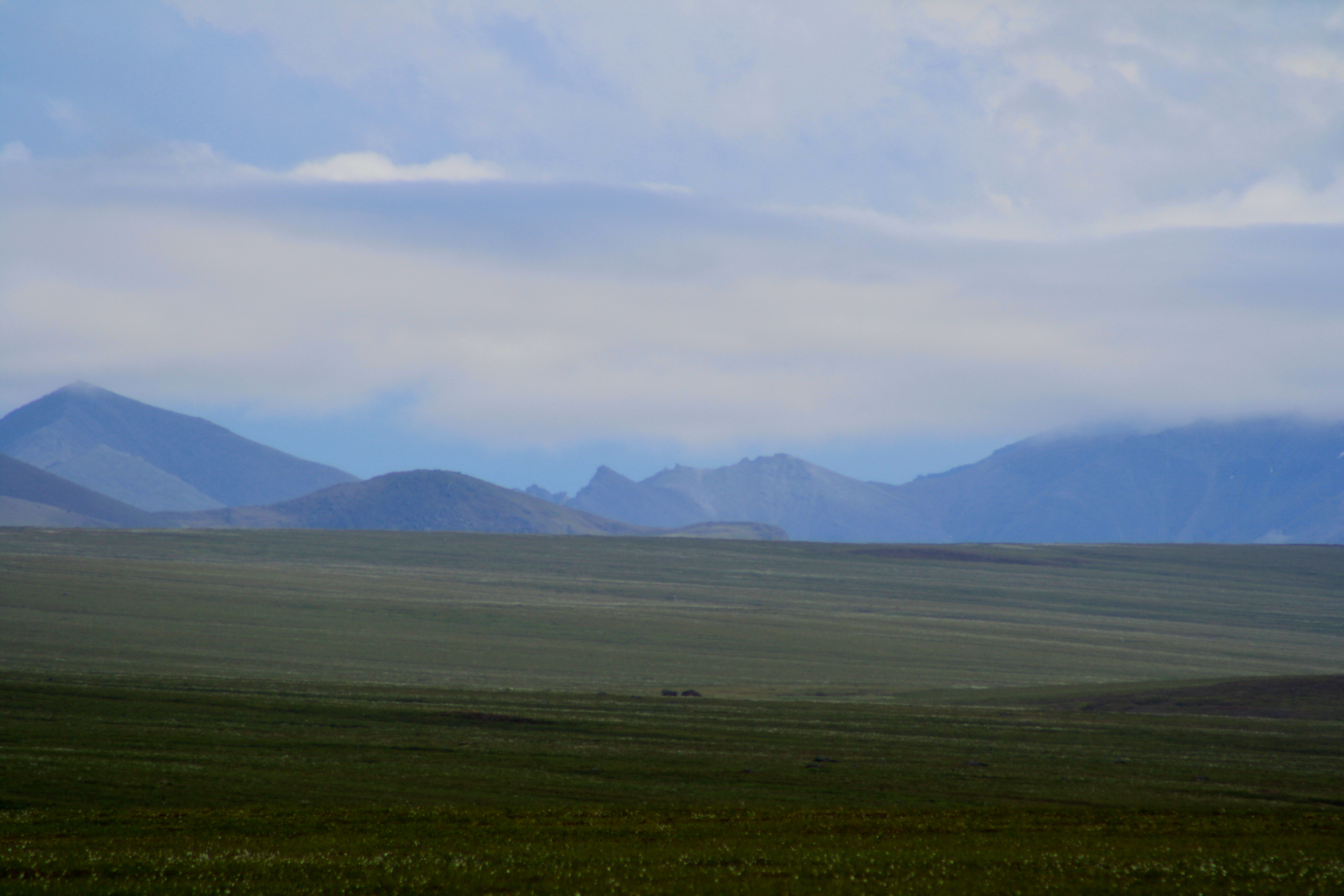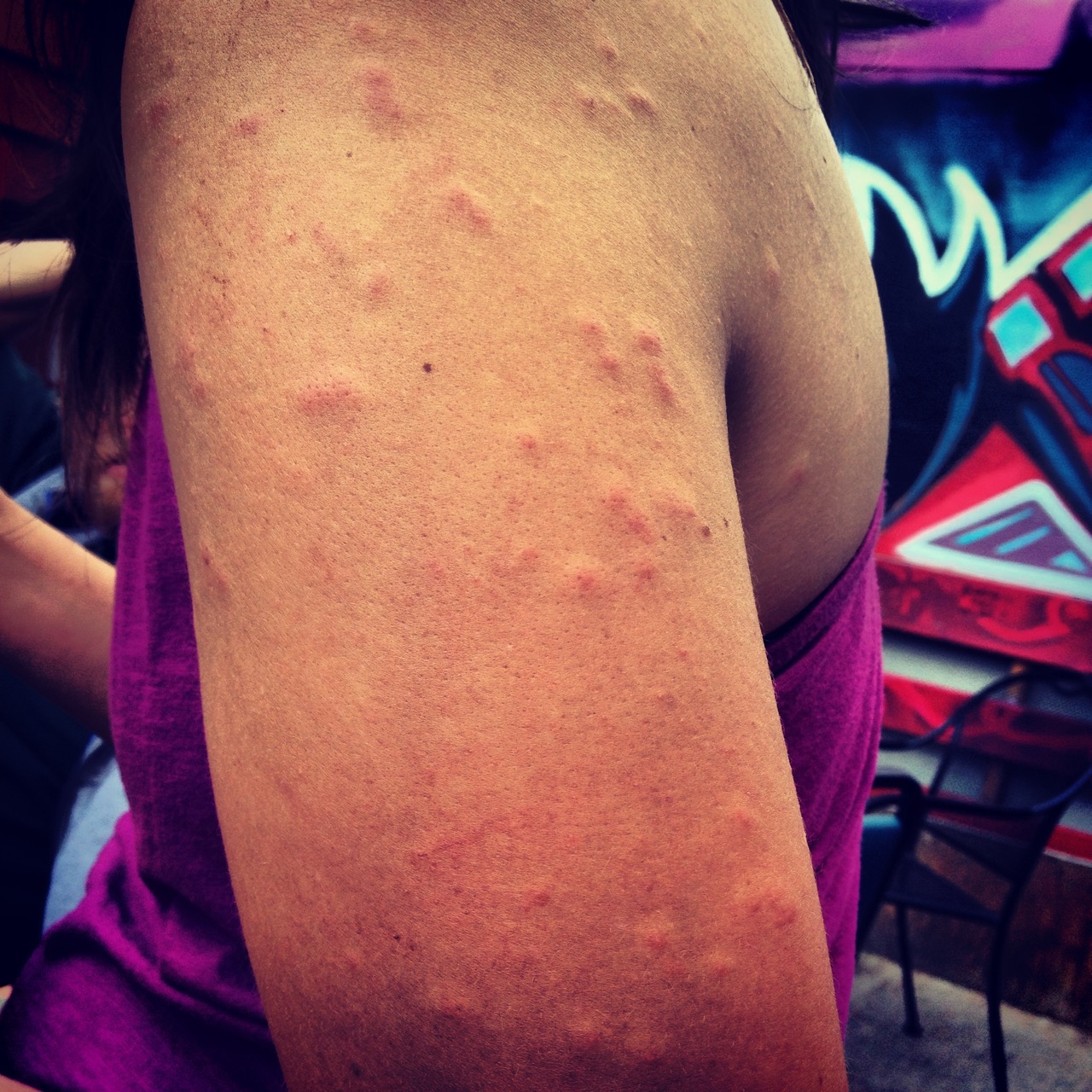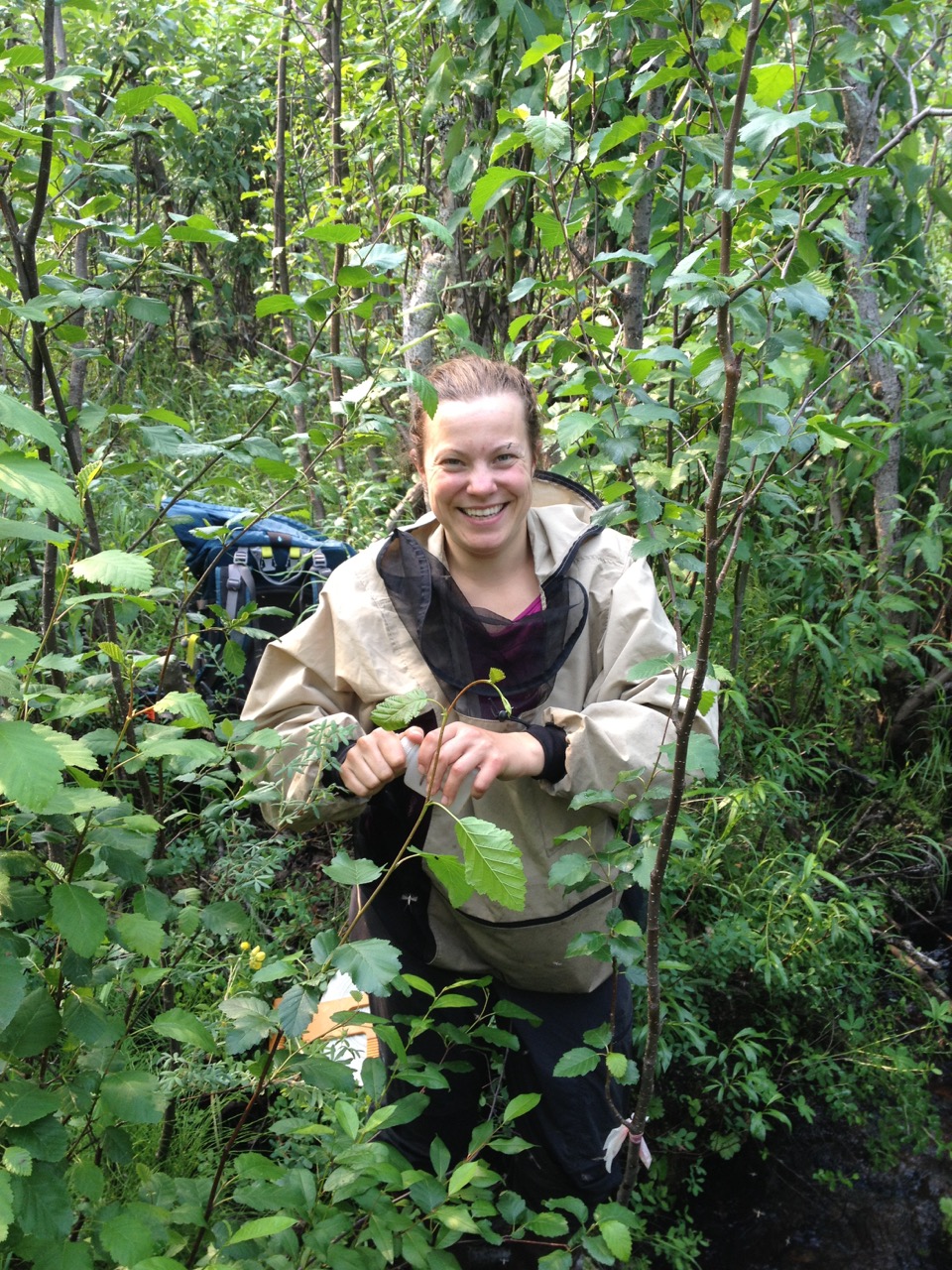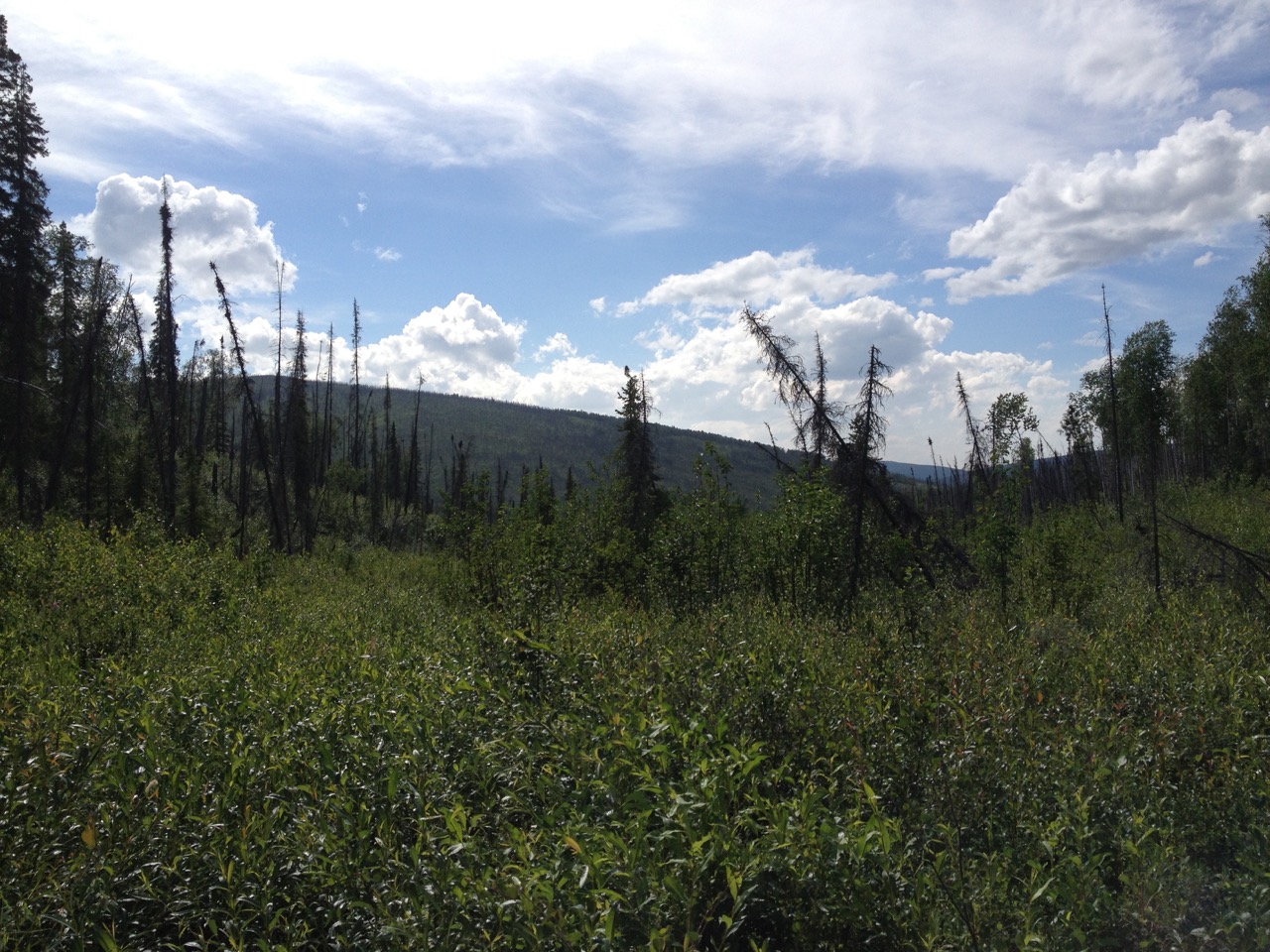Flashback Friday
In regular fashion Alaska showed it's rollercoaster climate in 2016. We went with no snow, yes NO NEW SNOW from late December to March, a whole 105 days, until we received 4 inches early April, that of course disappeared by the end of the day. The 2015/2016 winter season was pretty mild, because we didn't really dip down to -40 that regularly, we stayed around -4 to -22 F (-20 to -30 C), which was welcoming. I think I was kind of done with cold winters in Alaska by this point, even though I miss it so bad now.
April
I received my green card, which actually went pretty fast! Life went on at the cabin, water chores, wood chopping but no shoveling...Just kidding, then we got snow, but it melted pretty quickly! I went out to into the field with the mega super large truck, that literally probably is twice my size. Ice was still on the rivers, thick ice. April also mean longer days. In the wintertime you loose up to 7 minutes a day, so come spring that is what you gain, every day. By April 22 you could see the sunset after 9.30 pm, and it would still be light out at 10pm at the end of the month. As always April turns into a wet and muddy ordeal as snowmelt starts, once you get passed the cold temperatures and new snow that is. We experienced the earliest bud burst in history, a whole week before the usual green-up. April also brought the first mosquitos...
May
All of a sudden May had arrived, with a record breaking pollen outburst. Rain showers mixed with pollenshowers. A friend of mine and I decided to go to Denali for one last hurrah before both of us moved out of the state. This was also the first time I went biking in Denali without running into a bear, the only animal we saw was the distinct ptarmigan. Had my last day in the field and at the end of May W arrived, and I packed the red Subi and life went on, and on for 4157 miles...6690 km. We drove through Alaska, then Canada, and Canada and Canada. The journey through Canada was the longest, we drove about 1962 miles (3157 km) give or take, through Canada. From Bozeman we drove via Yellowstone and Cody all the way to Madison, a journey about 1360 miles (2189 km). Through Canada we camped until we approached the Canada/American border. I had a sandwich we made from our own stuff, with turkey on it in Banff, that had gone bad and got food poisoning by the time we passed Calgary, thank god we had already decided to stay at a motel that night. Then on to Bozeman and Yellowstone for some fieldwork before our journey continued.
June
June 1st was our last day on the road and we finally landed in Madison by the evening, after 12 days on the road. One of the first things we did was to buy an air conditioner, which is how I survived all summer. Madison is so far south, it is actually on the same latitude as southern France so it gets very hot in the summertime, too hot for me, and for long haired cats. Everything is so green and lush in Wisconsin, and I went to the Botanical gardens on one of the hottest days. One day we were driving back from some errands and discovered one of the bike races in Madison, namely a naked bike race, looks extremely dangerous if you ask me. W went back to Yellowstone for more fieldwork and I explored Madison. I also received the very last package from mom around this time, didn't know back then that it would be the last one I would get from her.







